Are Turtles Reptiles? Let’s find out! People tend to categorize turtles, snakes, lizards, and crocodiles with animals like newts, salamanders, frogs, and toads. They are all low to the ground and usually live in or near water, so it can be hard to remember which animals are reptiles and which are amphibians.
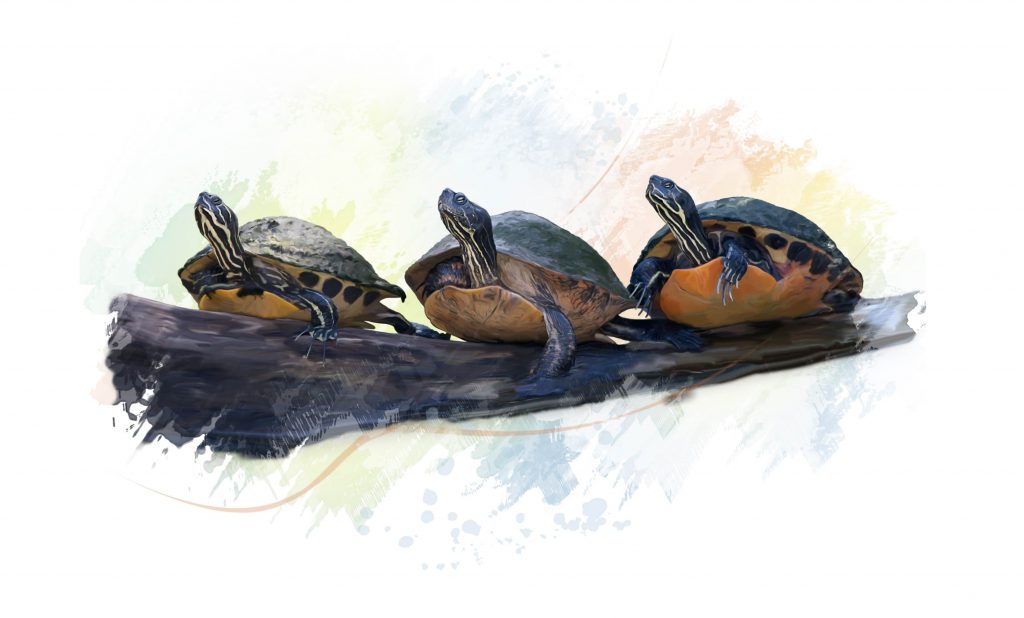
However, a turtle is a reptile. Turtles have both the outer and inner characteristics of a reptile, not an amphibian.
Because reptiles and amphibians seem so similar, in this blog post we share tips on how to tell the difference between the two classes of animals and discover why turtles play on the reptile team!
Be sure to download and print our free turtle activity to tally your points for reptiles and amphibians as you read the rest of this blog post!
Free Turtle Anatomy & Activity Download
Why Turtles Are Not Amphibians
If you know what to look for, telling a reptile apart from an amphibian is easy! Let’s look at the outer and inner features of a turtle and decide if it is, in fact, a reptile.
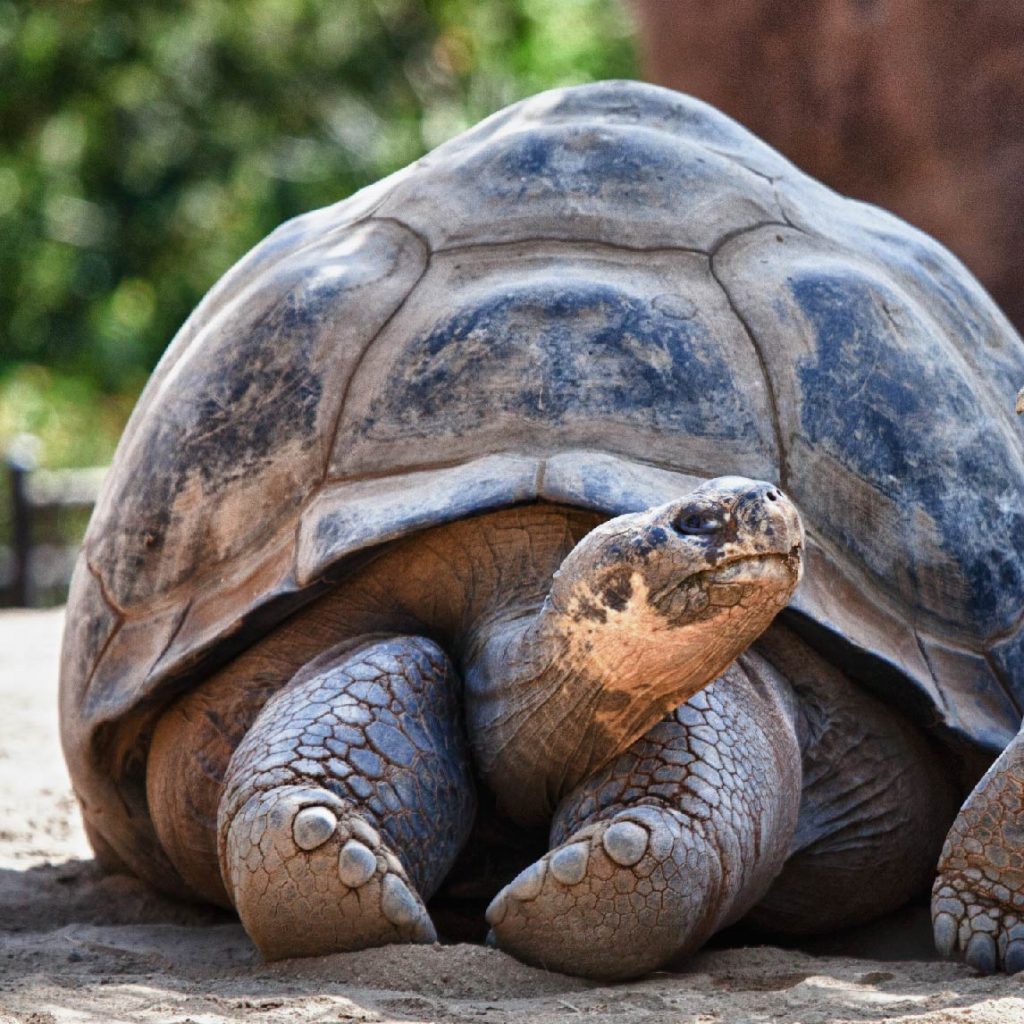
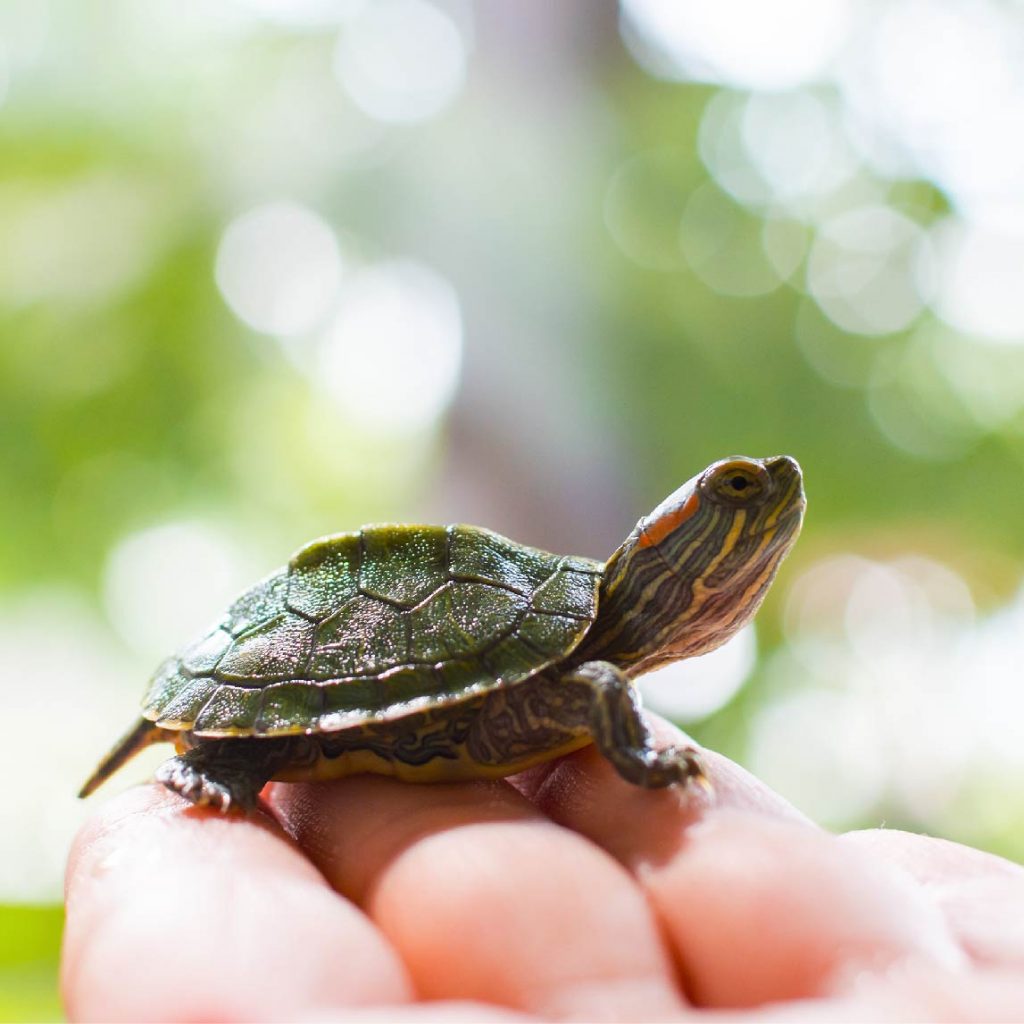
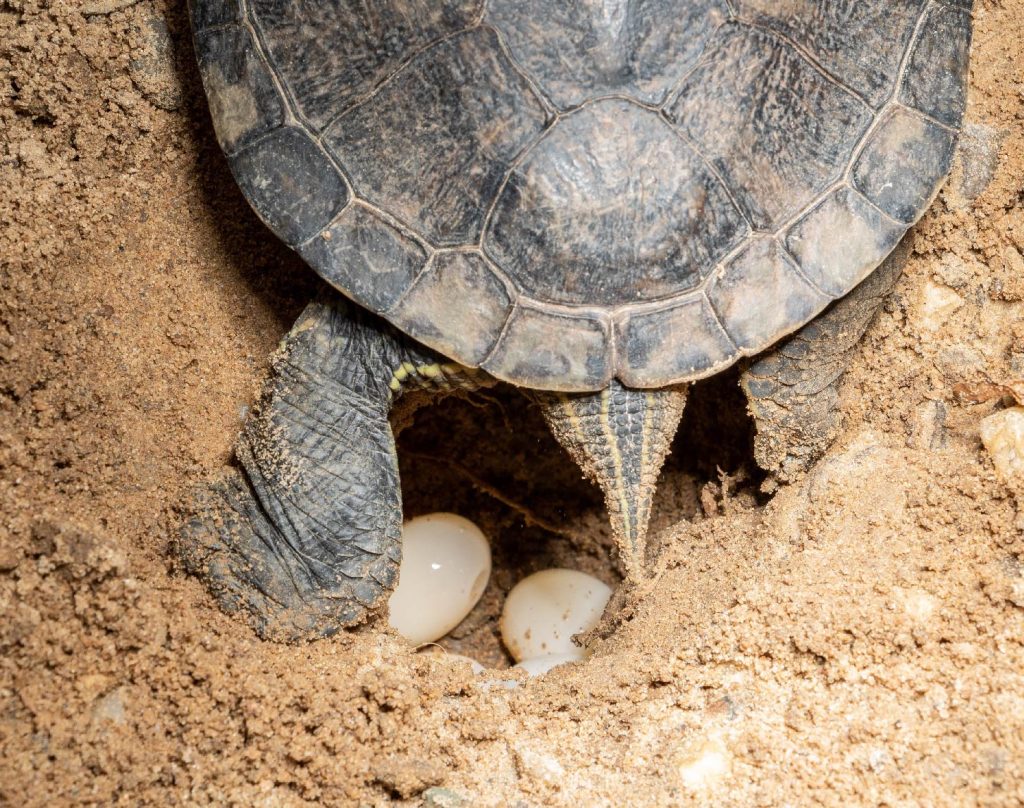
On the Outside
- Reptiles have scaly, dry skin, while amphibians have smooth, moist skin. Look at the first picture above of the turtle. Its skin is scaly and rough. Mark one point for the reptile side!
- Look at the second picture of the turtle hatchling. It looks just like an adult turtle. Amphibian babies hatch and don’t look anything like the adults they will become. Another point for reptiles! The reptile team has two points!
- Reptiles lay eggs on land, and the eggs have a protective outer casing. Most amphibians lay their soft eggs in water. Look at the third picture. Where has this turtle laid her eggs? Another point for reptile!
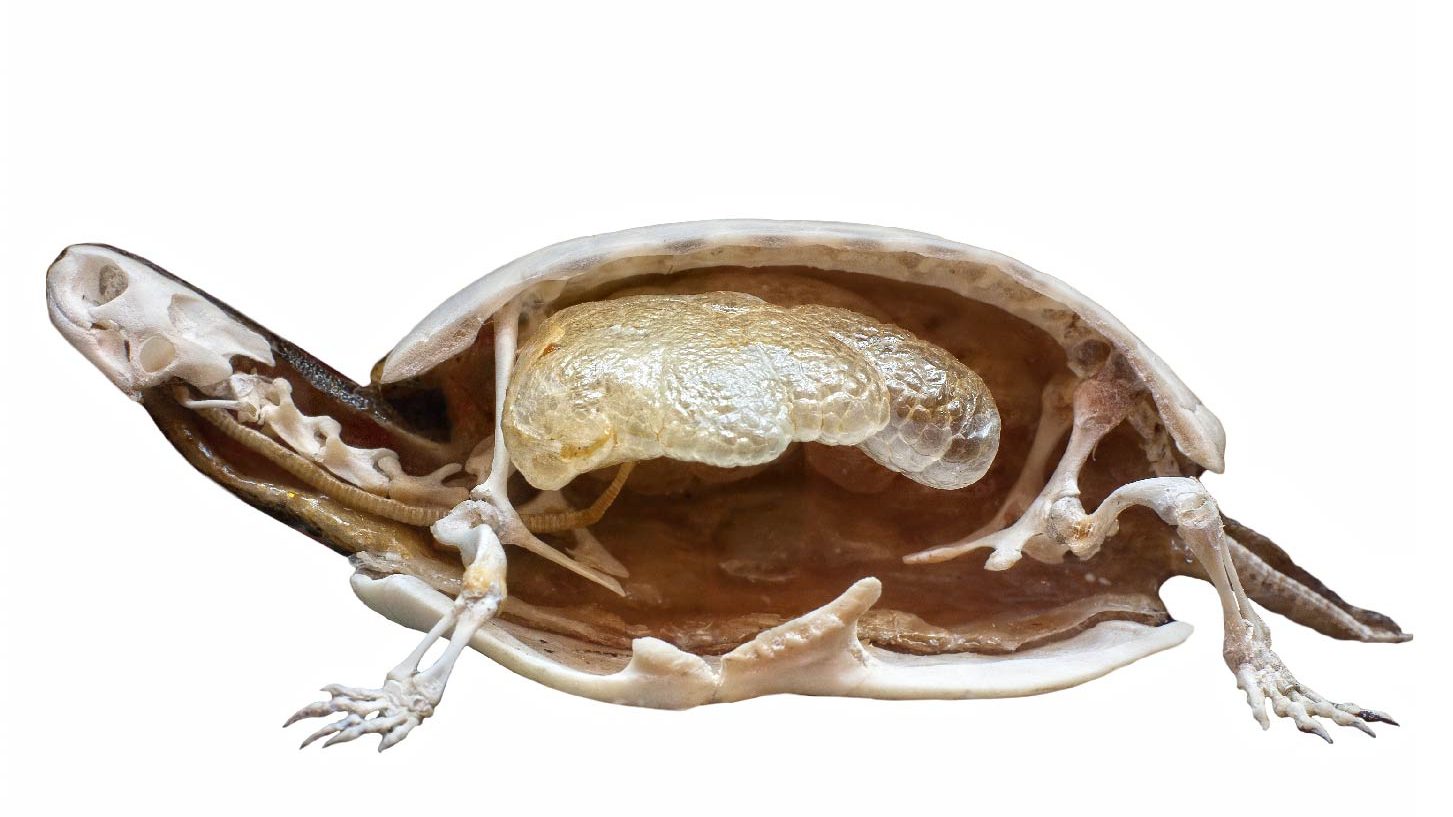
On the Inside
Reptiles and amphibians are different on the inside too. Do you think a turtle is a reptile?
- Reptiles have lungs and can breathe oxygen from the air only. Amphibians, on the other hand, get their oxygen from soaking up water through their skin, and some even have gills to breathe underwater. Look at the picture above. Does this turtle have lungs or gills? Yes, lungs! Another point for team reptile!
- Amphibians have glands under their skin that secrete poison. Reptiles, however, do not have these same glands. Do you see any poison glands under the turtle’s skin? No, it does not have them. And the last point goes to…the reptile team!
There you have it! Is a turtle a reptile? Yes, a turtle is most definitely a reptile and not an amphibian. Turtles are scaly with dry skin, lay eggs on land, and breathe oxygen from the air only.
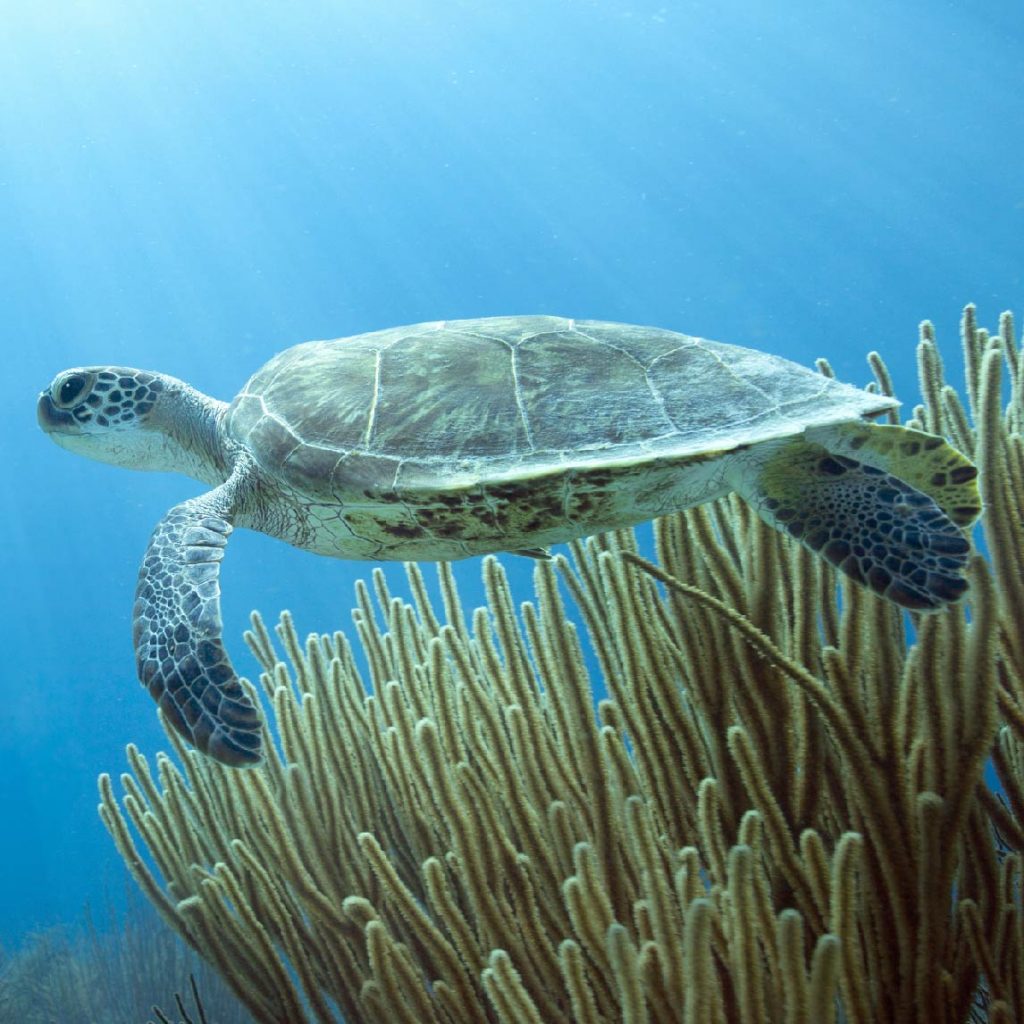
Bonus Activity
Have you ever wondered what is under a turtle’s shell? Print out this fun project called “What’s Under the Shell?” from the Reptiles, Amphibians, and Fish science unit written by The Good and the Beautiful team.
Learn more about the Reptiles, Amphibians, and Fish easy-to-teach homeschool science course by clicking the image below.
You may also like…

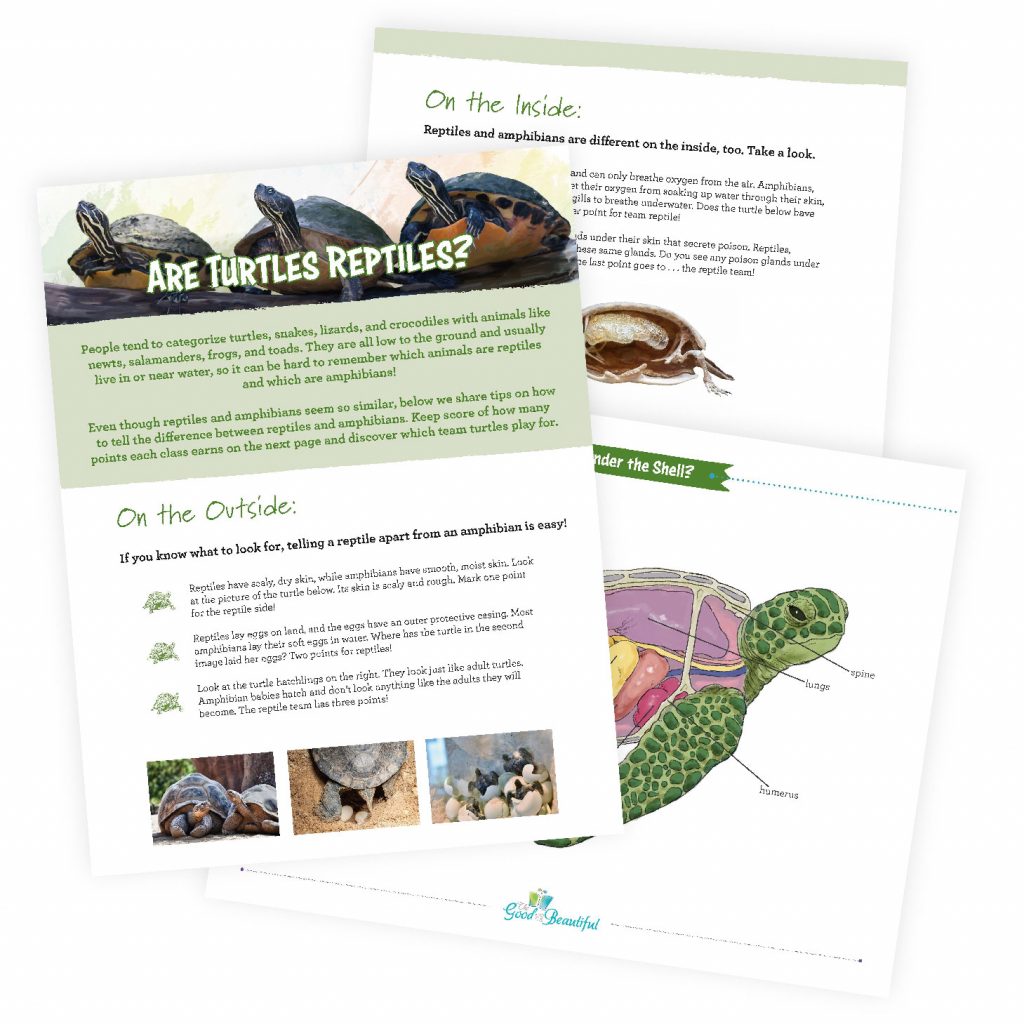
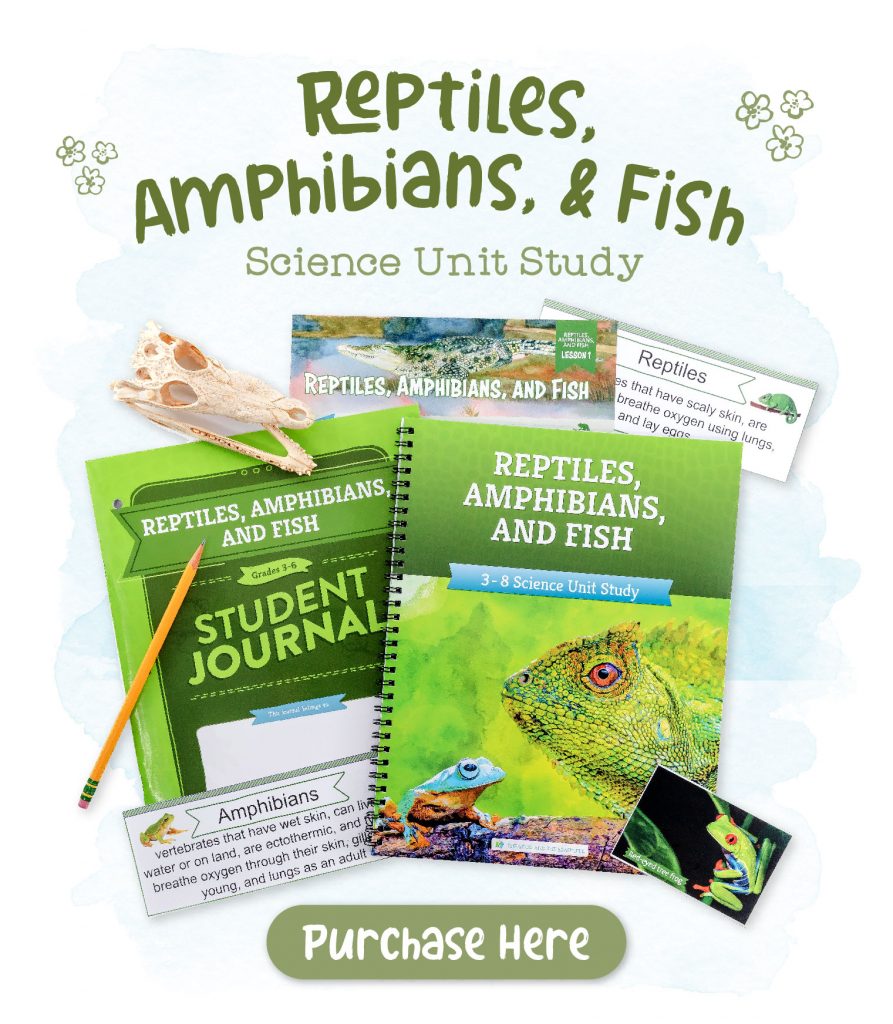

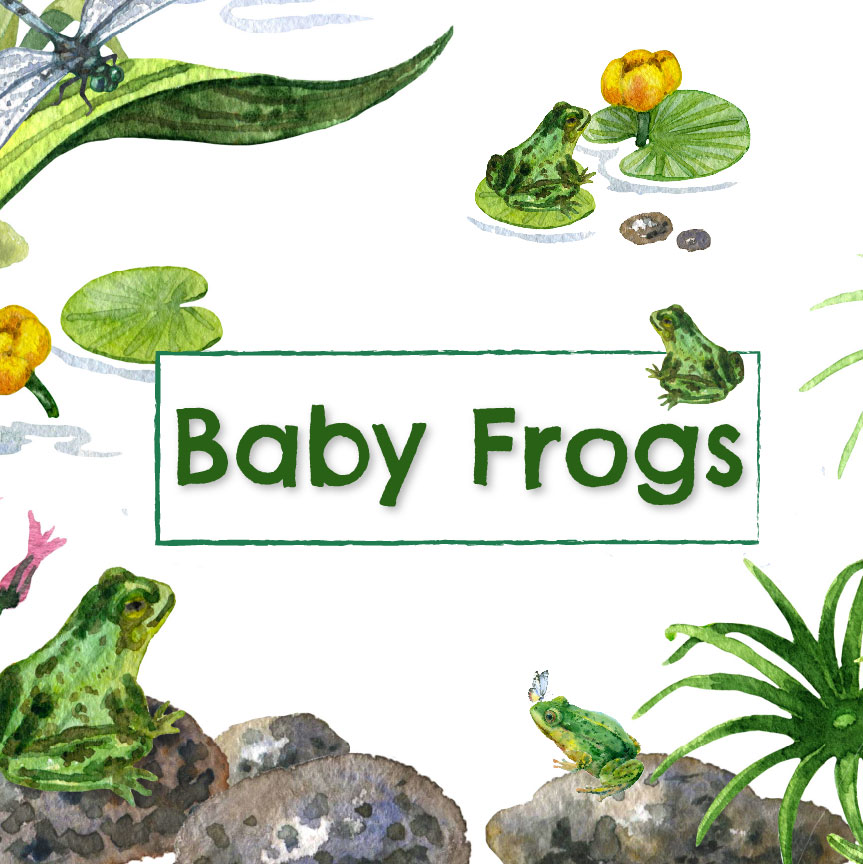
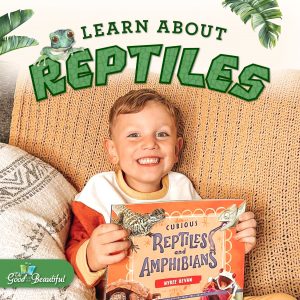










Comments
We often find turtles in our yard, this was a great resource to show the kids and just increased our love of turtles!